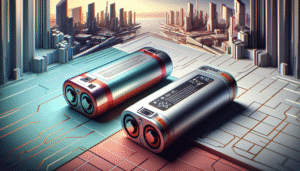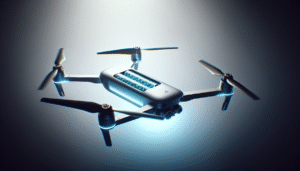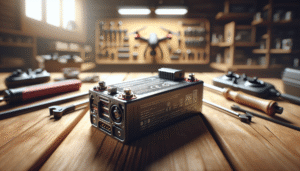Have you ever marveled at how the world is constantly evolving before our very eyes? As technology advances at the speed of a peregrine falcon, a particularly fascinating development has taken flight: regenerative power in drones. Yes, I know, it sounds like something out of a science fiction novel, doesn’t it? Yet here we are, staring at an exciting, albeit complex intersection of technology and sustainability. Much like the first time you saw a Roomba defy all sense of feline logic by vacuuming a room in less time than it takes a cat to decide it wants to be petted, regenerative power in drones offers both promise and puzzles.
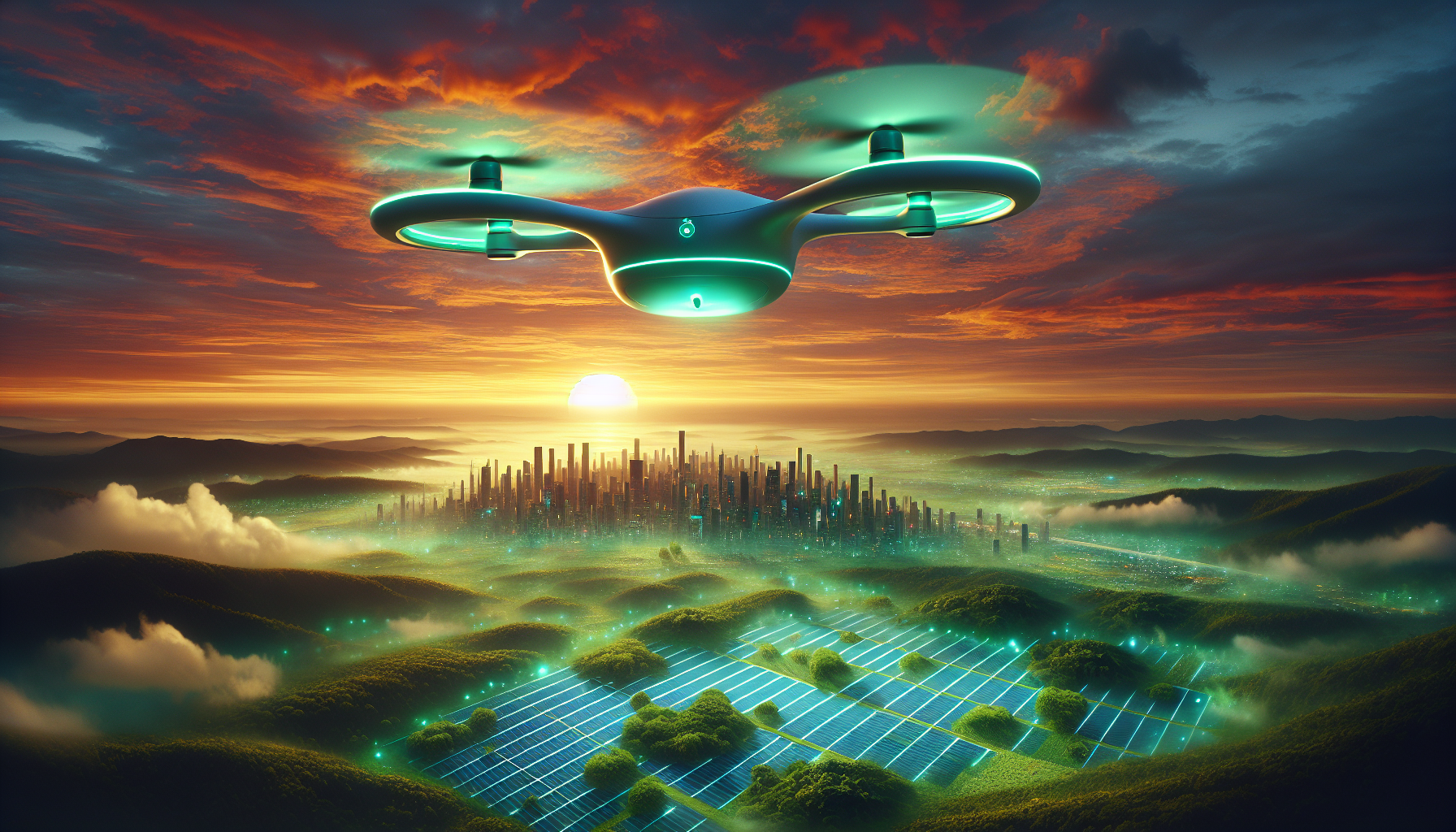
Understanding Regenerative Power
First things first, just what on earth is regenerative power? Picture this: you’re riding your bicycle down a hill. As you brake, you instinctively know you’re wasting energy, right? Now imagine if your bike could somehow capture that energy and use it to help you pedal back uphill. That ability to capture and reuse energy is essentially what regenerative power is all about. With drones, regenerative power is about reclaiming energy, such as when a drone descends or brakes, and then utilizing this energy to extend flight times.
Regenerative Braking: The Nuances
Regenerative braking is one of the most intriguing aspects of this technology. It’s like the Tesla of drone features, capturing kinetic energy that would otherwise be lost as heat. When applied to drones, this involves the conversion of a drone’s kinetic energy during certain maneuvers or descent into stored energy that can be used for extended flight times. This isn’t just a clever trick; it’s a fundamental shift in how we perceive energy consumption and usage.
Pros and Cons of Regenerative Braking
Let’s break it down into a simple table for clarity:
| Pros | Cons |
|---|---|
| Extends flight time | Adds complexity to drone design |
| Reduces energy waste | May require additional maintenance |
| Can improve efficiency | Increased initial cost |
| Environmentally friendly | Potential weight increase |
Drones: The Basics and Beyond
Before taking off into the skies of advanced technology, let’s settle down with a cup of tea and a little history. Drones, or Unmanned Aerial Vehicles (UAVs), have been fluttering around since the time people thought bell bottom jeans were an acceptable fashion choice. Initially, these sky-high contraptions were designed for military purposes, but as with many things, they transitioned into civilian life, now assisting with everything from delivering packages to capturing stunning cinematography.
The Anatomy of a Drone
Understanding a drone is a bit like baking a soufflé: it requires a careful balance of elements. A typical drone includes a frame, propellers, motors, a flight controller, sensors, and a camera. Each of these components works in unison, allowing the drone to hover, maneuver, and sometimes make you question how in the world we survived with just kites and carrier pigeons.
Innovation in Drone Tech
Recent years have brought innovations faster than a caffeine-fueled college student cramming for finals. Drones now boast GPS for precision navigation, obstacle avoidance to dodge rogue tree branches, and even AI to perform complex tasks. The potential of regenerative power could further revolutionize drone technology, extending battery life and reducing the need for frequent charging, which is a godsend for any drone enthusiast like myself who has battled the anxiety of watching your remaining battery percentage plummet mid-flight.
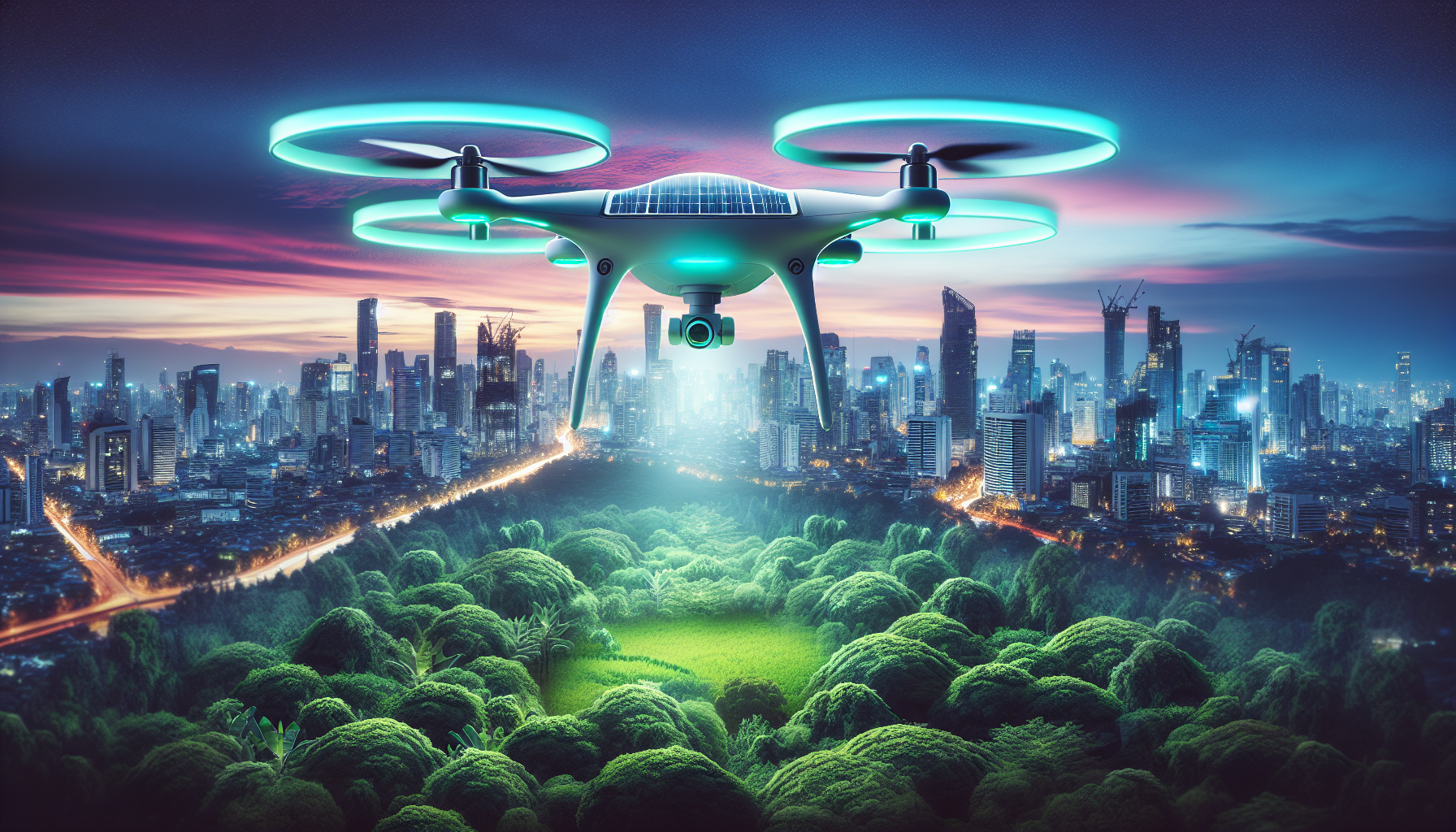
The Science Behind Regenerative Power
Regenerative power doesn’t just materialize like a rabbit out of a hat. It’s built on solid scientific principles that might just remind you why you fell asleep in physics class. But stick with me; we’ll tackle this together.
Energy Conversion: Kinetic to Electrical
At the heart of regenerative power is energy conversion. When a drone moves or descends, kinetic energy is generated. Through a process that would get a tip of the hat from a physicist, this kinetic energy can be converted into electrical energy using specialized equipment like a dynamo or certain types of motors. The resulting electrical energy can then be stored in the drone’s battery for future use.
Challenges in Implementation
It’s not all sunshine and rainbows, though. Implementing regenerative power isn’t as simple as sprinkling fairy dust and hoping for the best. Engineers must tackle issues such as energy loss during conversion, storage capacity limitations, and the overall weight of additional components. These challenges require creative engineering solutions, and possibly a couple of aspirin, as they work to strike the perfect balance between efficiency and performance.
Potential Benefits of Regenerative Power in Drones
Who among us doesn’t love the idea of more time in the air? Regenerative power stands to transform the drone industry by offering a multitude of advantages that go beyond merely avoiding that frantic last-second landing when your battery runs low.
Longer Flight Times
The promise of extended flight times is perhaps the most tantalizing benefit. Regenerative power allows drones to recapture and cleverly reuse energy, potentially doubling or even tripling the time they can stay airborne.
Environmental Impact
In a world where climate change is knocking on our door louder than a persistent tax collector, regenerative power could significantly reduce the carbon footprint of drones. By making energy use more efficient and reducing the need for frequent recharging, we can contribute to a greener planet. Imagine flying your drone guilt-free, knowing it’s not contributing to an environmental mess.
Economic Advantages
While the initial investment might give you a slight heart murmur, the long-term economic benefits are worth considering. Regenerative power reduces the number of required charge cycles, prolonging battery life and potentially saving users money on battery replacements.
Flight Risks: The Downside of Regenerative Power
With every boon, there comes a bane. Regenerative power in drones isn’t without its drawbacks or risks. Just as you wouldn’t voluntarily decide to sit next to an overly enthusiastic accordion player on a long train journey, some aspects of regenerative power require careful consideration.
Technical Complexities
The incorporation of regenerative power mechanisms significantly increases the complexity of drone design. This may lead to higher production costs and make maintenance tasks more intricate. Those who fancy themselves as DIY drone tinkerers might find themselves in over their heads, armed with a screwdriver and an optimistic disregard for instruction manuals.
Safety Concerns
Safety is a paramount concern, as improperly implemented regenerative systems could lead to electrical overloads or failures during flight. Imagine your drone behaving like it’s had one too many cups of espresso—dashing and diving unpredictably. Not the most reassuring sight.
Weight and Design Constraints
Adding regenerative components can increase a drone’s weight, which paradoxically might negate some of the benefits by requiring more energy for flight. There’s also the aesthetic concern: after all, no one wants a drone that looks like it stumbled out of an amateur robotics competition gone wrong.
Industry Examples and Pioneers
While this budding technology might still be in its nascent stages, it has already managed to capture the attention of several tech giants and innovative startups. They’re like the intrepid explorers of the tech world, boldly forging into new territories where the terrain is uncharted and the payoff unknown.
Leading Innovators
Some companies are already experimenting with regenerative technologies in their drone designs. These pioneers are akin to the Wright brothers of modern aerial technology, except with fewer bicycles and more circuit boards.
Case Study: [Imaginary Company]
Take, for instance, [Imaginary Company]. They’ve developed a drone technology that incorporates regenerative power, enabling a 30% improvement in flight duration. This company’s approach involves lightweight materials and advanced software to efficiently capture and store energy without drastically increasing weight, thus cleverly circumventing one of the key challenges.
Future Prospects and Possibilities
So, where does this leave us? Are we on the brink of a regenerative power revolution in drone technology, or are we setting ourselves up for another round of too-good-to-be-true tech?
The Path Forward
Regenerative power is undoubtedly promising, but like any groundbreaking technology, it requires further research, development, and real-world testing. Will it soon become a standard feature in everyday consumer drones, or will it remain exclusive to high-end models and specialized applications?
Broader Implications
Imagine a world where regenerative tech is not limited to drones but instead expands into other areas of transportation and technology. A new era of energy efficiency could emerge, fundamentally shifting how we interact with and consume energy.
My Final Thoughts
As I ponder the possibilities of regenerative power in drones, I can’t help but feel a sense of awe at how far we’ve come. This technology represents both the aspirations and the challenges of modern innovation—promising, yet fraught with the complexities of real-world application.
Will we see a future where drones with regenerative power quietly dot our skies, extending their flight times while whispering promises of a greener tomorrow? Or will the obstacles prove too great, leading us to reexamine our priorities and methods?
Whatever the outcome, it’s a conversation worth having, a story worth watching. In the meantime, let’s keep our eyes on the sky and our thoughts on how we can best steward technology toward a future that is both bright and sustainable.
